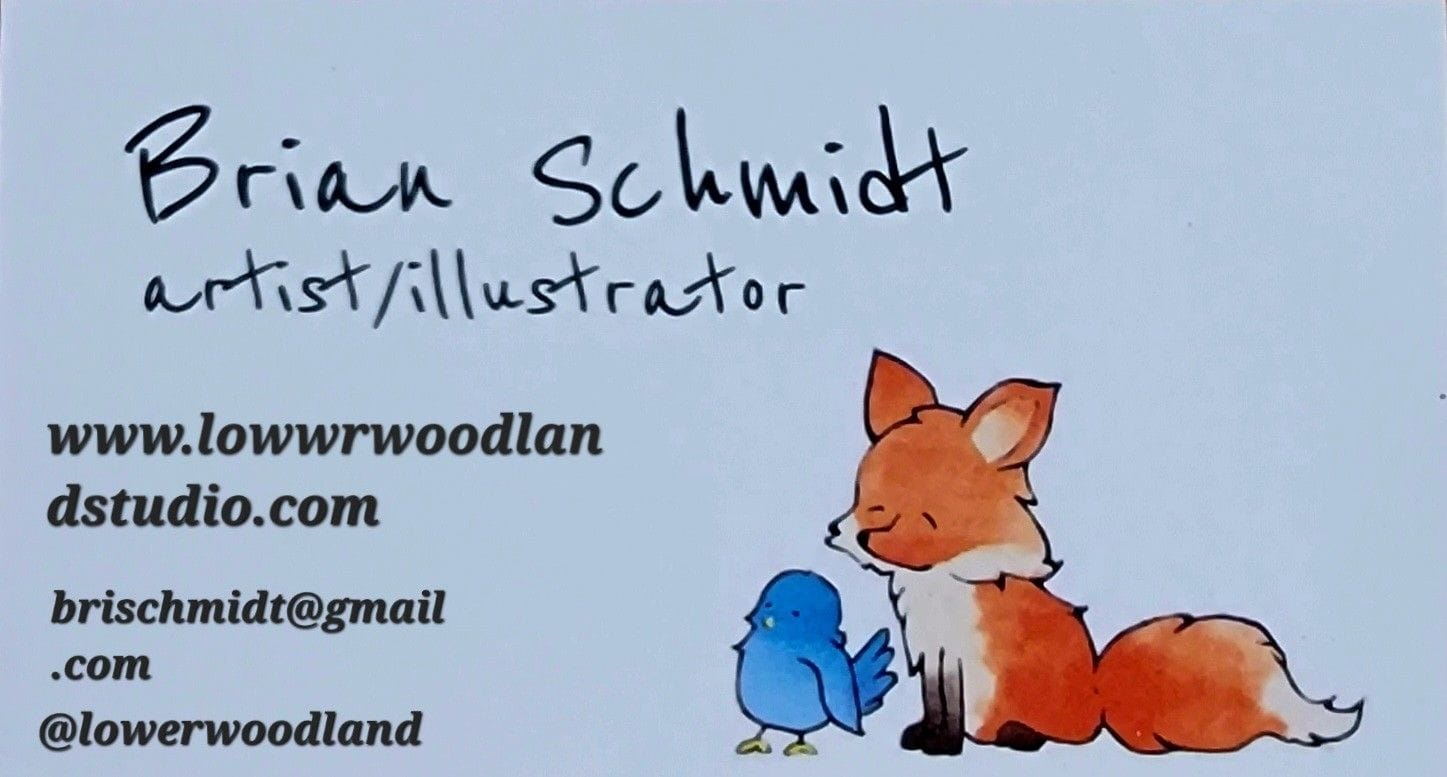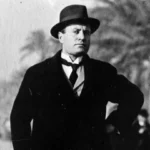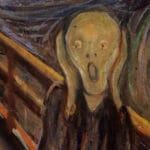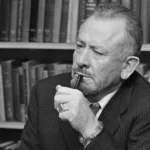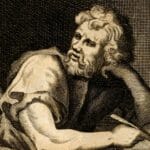Ever wondered about the inner lives of Pooh Bear and his friends? Beyond the honey and games in the Hundred Acre Wood, their behaviors might offer intriguing parallels to real-world experiences and emotions. This exploration examines potential connections between their personalities and various mental health aspects, emphasizing that these are interpretations, not diagnoses. We’ll delve into the emotional landscape of the Hundred Acre Wood, offering a thoughtful, yet playful analysis.
Pooh, Piglet, and the Gang: Exploring Psychological Parallels
A. A. Milne’s beloved characters, though seemingly simple, display a rich tapestry of personalities that resonate with aspects of the human experience. This isn’t about assigning clinical diagnoses; rather, it’s about exploring how their quirks and behaviors might reflect real-world challenges. Prepare for a heartwarming and insightful journey!
Winnie-the-Pooh: A Honey-Fueled Exploration
Pooh’s well-known love for honey, his repetitive behaviors, and intense focus on food might suggest potential parallels to conditions like eating disorders or obsessive-compulsive disorder (OCD). While undeniably charming, his behaviors might reflect broader human struggles with self-regulation and obsession. His childlike approach makes these struggles accessible and relatable.
Piglet: Tiny Pig, Big Worries
Piglet embodies anxiety. His constant worrying, timid nature, and overwhelming fear are relatable to those familiar with generalized anxiety disorder (GAD). While heightened for comedic effect, his anxieties highlight that even the smallest among us can carry a heavy emotional burden. He reminds us that feeling anxious is a shared human experience.
Tigger: The Bounce of ADHD?
Tigger’s boundless energy, impulsive actions, and difficulty focusing might suggest parallels to attention-deficit/hyperactivity disorder (ADHD). His infectious enthusiasm is offset by disruptive behavior. This exemplifies the complexity of neurodiversity, reminding us that “different” doesn’t mean “bad,” and that diverse ways of experiencing the world exist. https://www.lolaapp.com/What is Tigger’s mental illness? offers a deeper dive into this comparison.
Eeyore: Exploring the Depths of Melancholy
Eeyore’s unending pessimism, low self-esteem, and lack of motivation could reflect symptoms of depression. He’s more than just comic relief; his melancholic musings touch on the very real feelings of sadness and hopelessness many experience. Even within his gloom, however, a unique charm resides, highlighting that beauty and acceptance can coexist with sadness. https://www.lolaapp.com/Which Winnie-the-Pooh character has PTSD? further explores this emotional landscape.
Rabbit: Order, Control, and the Potential for OCD
Rabbit’s rigid routines, obsession with order, and constant need for control could be linked to OCD. His organizational skills, while impressive, could also be a coping mechanism for anxiety. This raises questions about when practicality transforms into a need for excessive control.
Owl: Wisdom, Forgetfulness, and Potential Challenges
Owl’s spelling mistakes, forgetfulness, and unwavering self-confidence present a complex picture. Some might see hints of dyslexia or early cognitive issues, but his confidence reminds us that challenges don’t define a person’s wisdom or worth.
Christopher Robin: The Complexities of Childhood Imagination
Christopher Robin’s relationship with his imaginary friends is very complex. Attributing specific disorders is highly speculative and requires extreme caution. It’s crucial to avoid oversimplifying his situation and tread carefully when interpreting his interactions with his imaginary friends.
Kanga and Roo: Motherhood, Anxiety, and Development
Kanga’s protective instincts and anxious behaviors may echo social anxiety in the context of motherhood. Roo, as a young child, doesn’t readily lend himself to discussions of mental health conditions. His developmental stage should be considered separately.
A Summary Table of Potential Parallels
It’s crucial to remember that these are interpretations, not diagnoses. We cannot definitively state that any of these characters have a specific mental health condition.
| Character | Potential Parallel(s) | Supporting Evidence | Considerations |
|---|---|---|---|
| Winnie-the-Pooh | Eating Disorder (Binge Eating), OCD | Constant honey cravings, repetitive actions | Simple enjoyment of food, endearing quirks |
| Piglet | Generalized Anxiety Disorder | Extreme nervousness, fearfulness | Realistic reactions to perceived danger |
| Tigger | ADHD | Excessive energy, impulsiveness | Lively personality, high energy levels |
| Eeyore | Major Depressive Disorder | Persistent sadness, low self-esteem | Coping mechanism, dark humor |
| Rabbit | OCD | Obsessive tidiness, control-seeking | High organization, perfectionism |
| Owl | Dyslexia, potential cognitive issues | Spelling errors, forgetfulness | Exaggerated persona for comedic effect |
| Christopher Robin | Complex childhood experiences (debatable) | Imaginary friends, fantastical play | Imaginative, playful child |
| Kanga | Social Anxiety, protective instincts | Protective parenting style, nervousness | Protective mothering instincts |
| Roo | None widely discussed | Roo’s youth makes disorder-related interpretations less appropriate |
This isn’t about labeling; it’s about using familiar stories to spark conversations about complex emotions and behaviors. It’s a reminder that we all share common experiences, and seeking understanding is a path towards self-acceptance. https://www.lolaapp.com/Who had ADHD in Winnie-the-Pooh? provides a further exploration of ADHD parallels.
What is Tigger’s mental illness?
Tigger’s boundless energy and impulsivity strongly resemble characteristics associated with ADHD. While not a diagnosis, his behavior offers insights into ADHD’s complexities. His constant bouncing and impulsive actions reflect hyperactivity and impulsivity, core symptoms of ADHD. Examining his actions through the lens of the DSM-5 criteria further highlights these potential parallels. This analysis should not be interpreted as a diagnosis but as a tool for promoting understanding and initiating conversations about neurodiversity. https://www.lolaapp.com/Who had ADHD in Winnie-the-Pooh? explores other characters and their potential connections to ADHD.
Who had ADHD in Winnie-the-Pooh?
This playful exploration examines potential parallels between Winnie-the-Pooh characters and ADHD, emphasizing that these are interpretations, not diagnoses. Tigger’s boundless energy and impulsivity strongly suggest the hyperactive-impulsive presentation of ADHD, while Pooh’s forgetfulness and distractibility might point towards the inattentive subtype. This examination uses a fictional context to explore real-world challenges. https://www.lolaapp.com/Which Winnie-the-Pooh character has PTSD? continues this exploration with other potential diagnoses.
Which Winnie-the-Pooh character has PTSD? Exploring Parallels in the Hundred Acre Wood
This exploration examines potential parallels between the characters’ behaviors and real-world mental health conditions, emphasizing that these are interpretations, not diagnoses. We’ll delve into the emotions and behaviors of each character, looking for potential connections. The intention is to use familiar characters to promote understanding and discussion about mental health. The analysis is speculative and should not be used for self-diagnosis or to make assumptions about individuals. Remember to consult a professional for any mental health concerns. Using the familiar characters of Winnie the Pooh offers a gentle approach for facilitating these important conversations.
- Heydon, Norfolk: A Complete Guide to This Enchanting Village - November 29, 2024
- Discover Lyddington, Rutland: A Hidden Gem in the Heart of the English Countryside - November 29, 2024
- Takht-e Jamshid (Persepolis), Iran: A Comprehensive Guide to the Ancient Wonder - November 29, 2024
